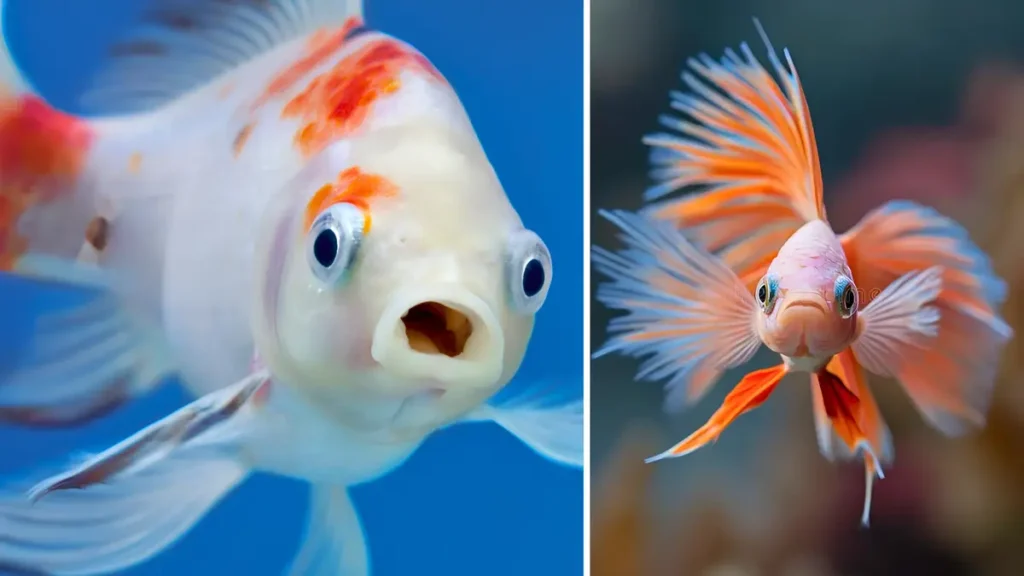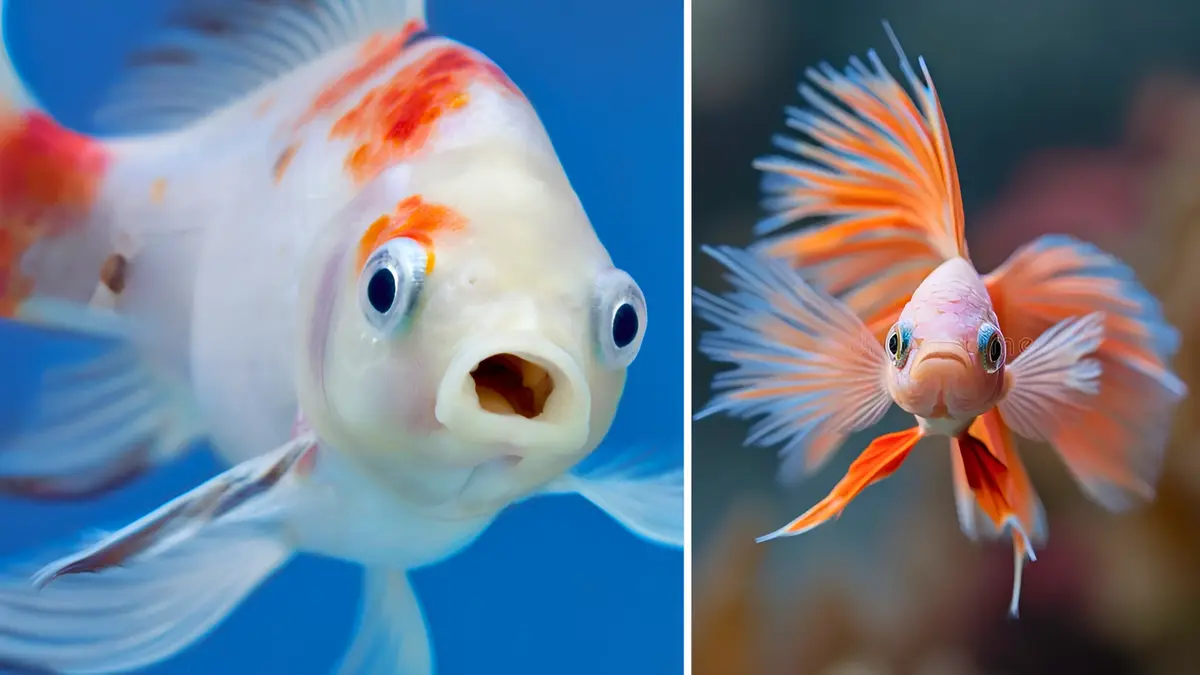Keeping an aquarium at home brings a unique sense of peace and beauty. For beginners and seasoned aquarists alike, selecting fish that are not only cute and hardy but also contribute positively to the aquarium environment is crucial. Some fish species are known for their low maintenance needs, attractive appearance, and surprisingly helpful nature in keeping the tank clean. These little aquatic helpers actively feed on algae, leftover food, or other waste materials that would otherwise cloud the water.
Let’s take a look at the top five fish that are both adorable and tough enough to thrive in various conditions while playing a helpful role in maintaining water quality.

Guppies Are Great Starters
Guppies are among the most popular freshwater aquarium fish for good reason. Their wide range of bright colors and flowing tails make them incredibly charming additions to any tank. Beyond their appearance, guppies are known for being extremely adaptable. They can tolerate a range of water conditions, making them ideal for beginners.
One of the reasons guppies help keep the tank clean is their constant foraging behavior. They swim around nibbling on small particles of uneaten food, algae, and plant debris. While they are not dedicated algae eaters like some species, their busy nature means fewer leftovers decaying in the tank. This reduces ammonia buildup, which in turn helps keep the water fresher for longer periods.
Additionally, guppies breed easily and often, which means you’ll likely have a thriving, active community over time just make sure you don’t overcrowd your tank.
Mollies Are Calm Cleaners
Mollies are another excellent choice for anyone looking for hardy, cute fish that also help with water cleanliness. These peaceful fish come in a variety of colors and shapes, from the elegant sailfin molly to the speckled dalmatian molly. Their peaceful temperament makes them great companions in community tanks.
What sets mollies apart is their habit of grazing on algae. They gently nibble on the surfaces of plants, rocks, and glass, reducing the buildup of green or brown film in the tank. This slow but steady grazing action helps control algae growth naturally, without the need for chemical solutions.
Mollies also have a strong tolerance for varying water parameters. They can thrive in freshwater or even slightly brackish environments, and they adjust well to changes, making them resilient in less-than-perfect tank conditions. Their gentle activity and bright appearance make them both attractive and functional additions to any aquarium.
Platies Love Clean Spaces
Platies are small, colorful, and full of energy. These little fish are often chosen for their friendly nature and ability to adapt to many different tank environments. What makes platies special in the context of keeping water clean is their constant scavenging behavior.
They are omnivores, meaning they eat a mix of plant matter and protein. In a tank, they help by picking at algae and consuming leftover food before it can rot. This behavior helps reduce waste accumulation, which is a key factor in keeping water fresh and free from toxins like ammonia and nitrite.
Platies are also livebearers, which means they give birth to free-swimming fry instead of laying eggs. While this is fascinating to watch, it also means that if left unchecked, your tank could become overpopulated. Proper population control will help ensure that the helpful effects of platies don’t get outweighed by overcrowding and increased waste.
Corydoras Help From Below
Corydoras catfish, often simply called “corys,” are cute little bottom dwellers that bring a unique charm to the aquarium floor. These armored catfish are peaceful, social, and extremely hardy, making them great companions for other friendly fish species.
Corydoras contribute to tank cleanliness in a very direct way. They spend most of their time at the bottom of the tank, sifting through gravel in search of leftover food and organic debris. Their constant movement and digging prevent the buildup of uneaten food, which otherwise would rot and pollute the water. In this way, they act as natural tank vacuums.
Their activity also helps oxygenate the substrate and prevent anaerobic pockets from forming. These pockets can release harmful gases if left unchecked, so the corys’ presence adds both a visual interest and a practical benefit to your aquarium. Just be sure to use soft, smooth substrate to avoid damaging their delicate barbels.
Bristlenose Do Real Work
The bristlenose pleco may not be the flashiest fish on this list, but when it comes to hardiness and cleaning ability, it’s a true champion. These small, armored catfish are known for the bristle-like appendages on their faces and their excellent algae-eating skills.
Unlike the larger common plecos that often outgrow home tanks, bristlenose plecos stay relatively small, making them much more suited for community aquariums. Their primary diet consists of algae and biofilm, and they spend a good portion of their day grazing on tank surfaces. This constant cleaning helps maintain clear glass, decorations, and plant leaves.
Bristlenose plecos are also quite undemanding when it comes to water quality. As long as they have enough food and some hiding spots, they’ll thrive in a wide range of freshwater conditions. They don’t bother other fish, and their nocturnal habits mean they’re working behind the scenes even when the rest of the tank is asleep.
Choose The Right Mix
While each of these fish brings its own cleaning contribution to the tank, it’s important to remember that no fish can replace proper aquarium maintenance. Regular water changes, filter cleaning, and monitoring water parameters are essential for a healthy tank. However, choosing the right mix of cute and hardy fish that help reduce waste and algae makes your job as an aquarist much easier.
A well-balanced tank with guppies, mollies, platies, corydoras, and bristlenose plecos not only looks vibrant and lively but also benefits from the natural cleaning habits of these fish. They create a more stable environment for all inhabitants and reduce the frequency of manual cleaning tasks.
Final Thoughts On Selection
Setting up an aquarium that stays beautiful and low-maintenance doesn’t have to be difficult. By choosing fish that are visually appealing, tolerant of various conditions, and helpful in maintaining water quality, you create a system that almost takes care of itself.
The five fish discussed here are perfect examples of how form and function can come together in an aquarium. They bring color, personality, and cleanliness, all in one compact package. Whether you’re just starting out or looking to simplify your existing tank, adding a few of these hardy, cute cleaners is a step in the right direction.
Disclaimer
The information provided in this blog post is for educational and informational purposes only. While every effort has been made to ensure the accuracy of the content, individual results may vary based on aquarium conditions and fish care. Always research thoroughly and consult with a professional or experienced aquarist before making decisions about your aquarium setup. The author and publisher are not responsible for any damage or loss that may occur from following the advice in this article.
